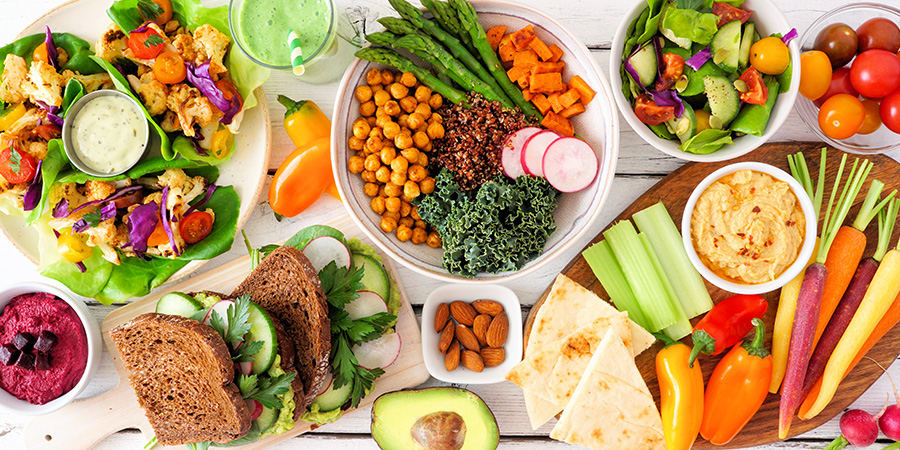
My top three hacks to save money on grocery shopping
Consumers are facing some of the highest inflation in 40 years – especially for essentials like food and gas. During the past year (April 2021 to April 2022), the price of food rose by 9.7%. Canadians are paying much more for basic food staples, such as fresh fruit (+10.0%), meat (+10.1%) and fresh vegetables (+8.2%). Input costs are up, especially in food and fuel, which pressures grocery prices. Supply chain disruptions continue, and weather also play a role. With rising costs in other areas such as shelter and transportation, many Canadians are less able to budget money for food. Unfortunately, some Canadian grocery chains are taking advantage of this situation by increasing prices in all categories. Let’s explore my top three hacks to save money on grocery shopping.
Organize and plan
In 2019, I wrote my Grow with Nutrition blog about my top tips to spring clean your kitchen and diet. It is full of ways to keep you organized in the kitchen. As a result, this promotes a supportive environment for choosing nutritious foods, cooking at home and reducing waste. In addition to those tips, I recommend you plan out weekly meals, snacks and left overs with some room to add in an indulgent here and there.
The restrictions during the pandemic changed how people grocery shopped with an increase in online purchases. This format may keep you from purchasing over your budget as you are not tempted by aroma from the bakery or the end of aisle displays. Also, plan one meal a week that uses foods which are left over, close to their peak ripening, and/or expiration dates.
Reduce waste
In my 2022 blog, What the heck are upcycled ingredients, I interviewed Richard Baker author of the Grocery Wars Blog. Richard identifies: “It is estimated that food waste costs the global economy $936B a year. From a human perspective, it is estimated 931 million tonnes of food go to waste each year with consumer households responsible for 61 per cent. According to the National Waste Council, Canadian households waste 2.2 million tonnes of edible food each year, costing the average household over $1,100 dollars each year.”
That’s $1,100 Canadians can use toward their grocery bills or other essential items like clothing and fuel. Most importantly, organize the fridge, freezer, cupboards and pantry to use food that would otherwise go unused and become food waste.
Shop the sales and price match
With grocery bills on the rise, the best ways to save money on a weekly basis is by shopping for your groceries on sale and at stores that price match. Typically weekly flyers are still available in paper, and also in digital, plus they are organized in apps like Flipp. Based on my first tip of organize and plan, review the ads, create a list with sale items you need short-term and long-term. For example, items like frozen vegetables and shelf-stable pasta can be purchased on sale and stored in your household for an extended amount of time. As a result, you can “shop your house” first for these food items before grocery shopping – consequently saving you money.
Price matching is a practice where retailers reduce their price to match or even beat the price of the same product offered at a competing store. Shopping at grocery stores that price match in Canada is an easy way to save money. First, you need to verify which stores offer the price match policy, then be prepared to show the better price via the weekly ad, digitally or another reliable method. Be patient at checkout, sometimes a supervisor may need to approve the process.
Final thoughts – for my top three hacks to save money on grocery shopping
Consumers are facing some of the highest inflation in 40 years – especially for essentials like food and fuel. Certain Canadian grocery chains are taking advantage of the worldwide situation and increasing prices in all categories. Therefore, we need to be savvy shoppers to see which items are experiencing the biggest spikes – legit or not. Use my three hacks to save money on grocery shopping and you’ll stay on budget with nutrient dense meals and reduced waste in your household.




